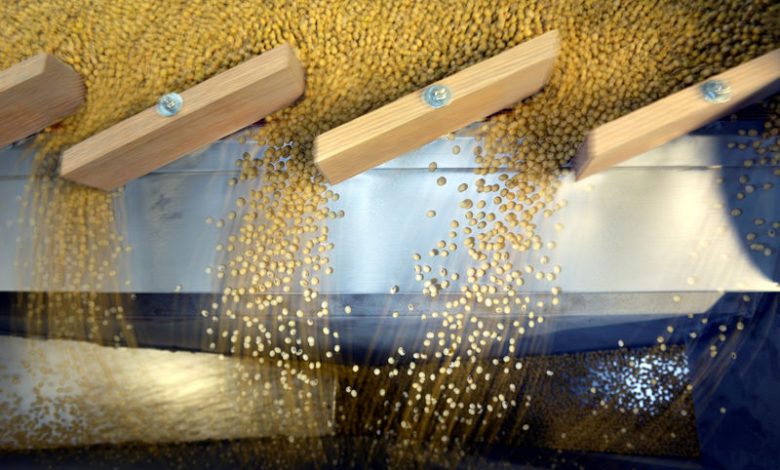
Argentina Soy Farmers Await Rising Prices to Sell Rain-Drenched Crop – Reuters
By Maximilian Heath
PERGAMINO, Argentina – In the fertile fields of Pergamino, farmer Adrian Farroni is gearing up for a late soybean harvest, hindered by persistent rains and plummeting prices that have resulted in the slowest soy sales for Argentina in a decade.
This sluggish pace in selling soybeans could impact regional supply, especially as Brazil contends with significant crop damage from extensive flooding. Argentina ranks among the world’s leading exporters of soyoil and soy meal processed from soybeans.
As of early May, Argentine farmers had sold just 31% of their anticipated soybean crop, totaling 49.7 million metric tons. This is the least active selling season since at least the 2014/15 growing year, according to government reports.
"Normally, we begin harvesting in April, but it has just been drizzling consistently," Farroni noted, observing that his two combines were finally able to resume work during a brief spell of cool, dry weather. "We managed to harvest only for two days each week, while the rest was spent waiting due to the rain."
Current data reveals that farmers have harvested 61% of the soybean area planted, lagging even behind last year’s drought-affected harvest.
A combination of adverse weather conditions and depressed prices has hampered sales, explained Dante Romano, a researcher at the Agribusiness Center of the Austral University located in Rosario, a key grains hub. Farmers typically agree to sales agreements before fully harvesting their crops.
"The pace of sales has been exceptionally slow, possibly among the slowest we’ve ever experienced," Romano stated, estimating that contracts have been made for only 12% of the soybean crop, roughly half the average rate for this time of year.
SOY SALES ‘PARALYZED’
Farmers were receiving approximately $270 per ton earlier this year, prompting them to retain their soybean stocks while hoping for a market upturn. Romano remarked, "At those prices, producers were incurring losses, effectively freezing sales."
Recently, soy prices have begun to recover, as concerns about potential crop losses from flooding in Brazil and drought conditions in northern Argentina have balanced out reports of decreasing demand from the U.S.
In the futures market in Rosario, July soy futures are trading around $315 per ton, a decline from $350 during the planting season late last year, yet an improvement from recent lows, which analysts believe is encouraging a slight uptick in trading.
Farmer Farroni remains optimistic about future price increases for soybeans, opting to sell his wheat and legumes to manage his finances while mostly holding onto his soy. "It’s still not appealing to sell soy right now," he stated. "Those who can afford to wait are choosing to hold off on sales."
 GOOGL
GOOGL  META
META 


